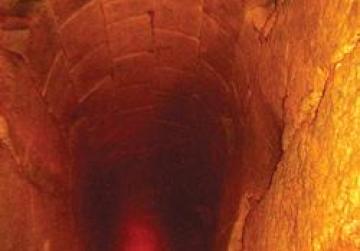Subterranean spaces near co-cathedral (1)
I would like to thank Evarist Saliba for his kind words in his letter (Co-Cathedral Underground Features, September 12). The research was carried out while completing my undergraduate dissertation entitled Subterranean Valletta: An Historical And...

I would like to thank Evarist Saliba for his kind words in his letter (Co-Cathedral Underground Features, September 12). The research was carried out while completing my undergraduate dissertation entitled Subterranean Valletta: An Historical And Descriptive Analysis. Incidentally, I had happened to focus on the variety of underground spaces around St John's Co-Cathedral. May I take this opportunity to emphasise in particular the significance of the sewerage system of Valletta.
By far, the sewers are the most extensive network of underground passages that snake beneath Valletta.
For over four centuries they have been draining every house, auberge and church and channelling the effluent, mostly by gravity, out of the city.
This ingeniously designed system is by far one of the oldest and most interesting civil engineering schemes in existence in Malta, there being strong evidence to suggest that it was for many years unrivalled in Europe.
The only known drainage tunnels at the time were the ancient Roman networks such as the Cloaca Maxima in Rome and the sewers of Italica in Spain, built well over 1,000 years before Laparelli started designs for Valletta.
I strongly appeal to Mepa to extend its good work in scheduling monuments in the city by including those beneath its streets and squares as it did recently for the railway tunnel.
These dank, obscure spaces may not all boast the appealing grandeur and grace of the palaces and churches above ground but they are undoubtedly part and parcel of the city's infrastructure and heritage. Hopefully, the subterranean spaces around the area concerned with St John's project, which apart from the sewers include reservoirs, air-raid shelters and possibly palatial cellars, will be surveyed and studied in detail as part of the EIA requested by Mepa and that they are scheduled accordingly so that their full protection is guaranteed.